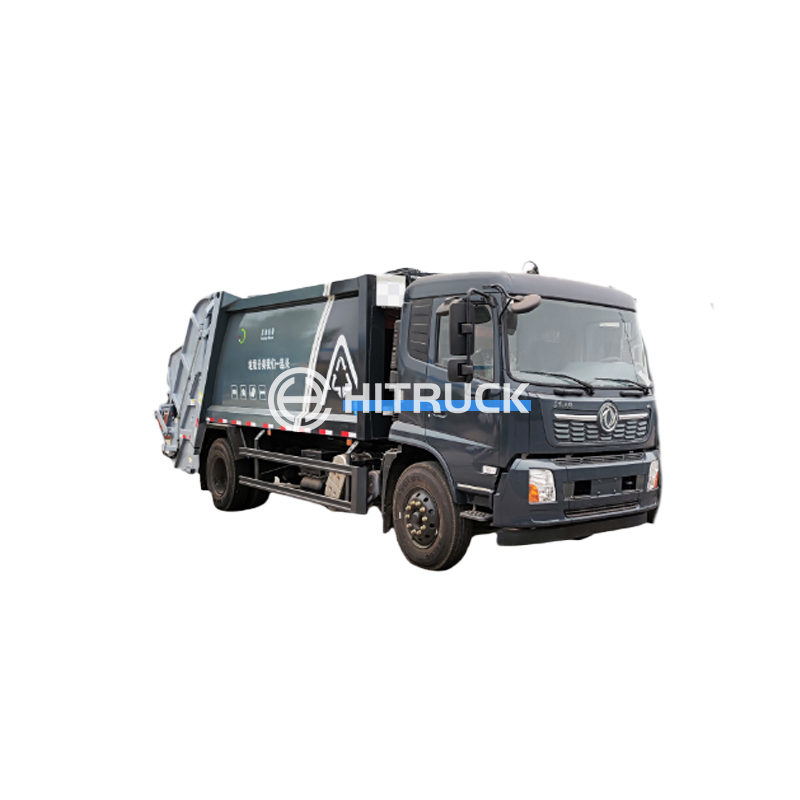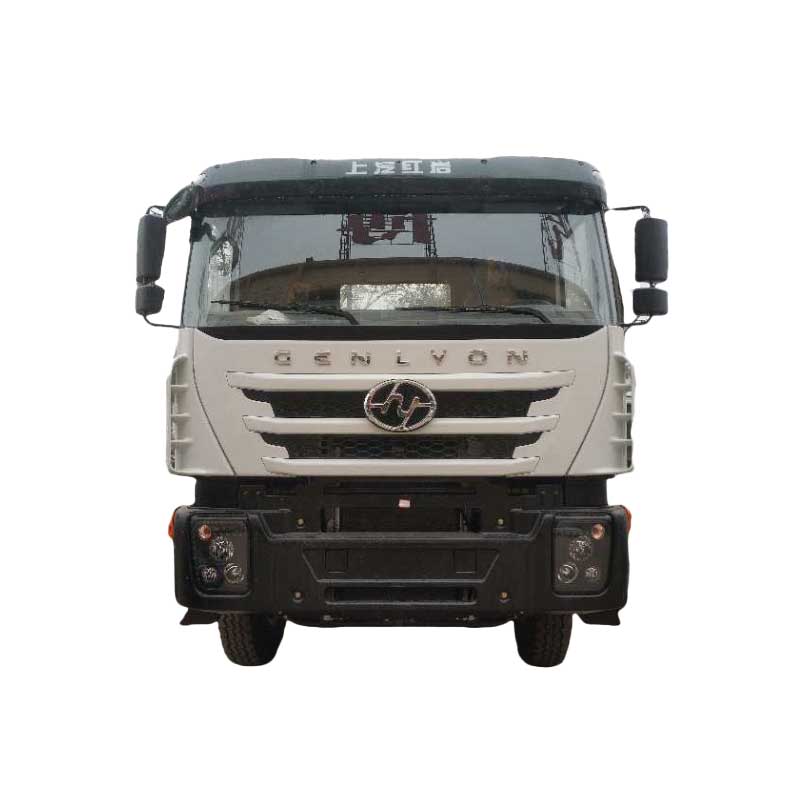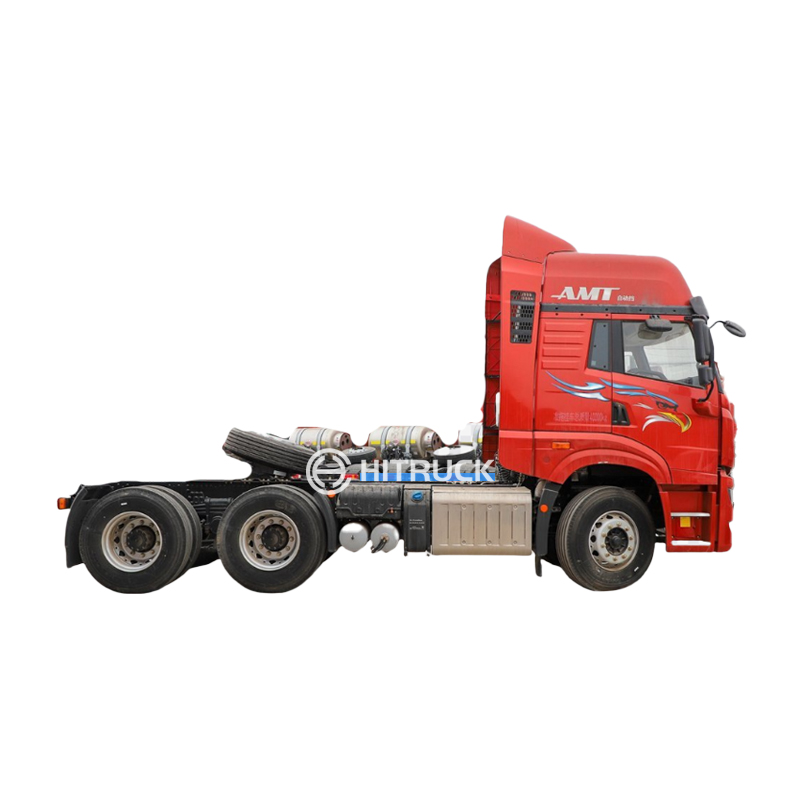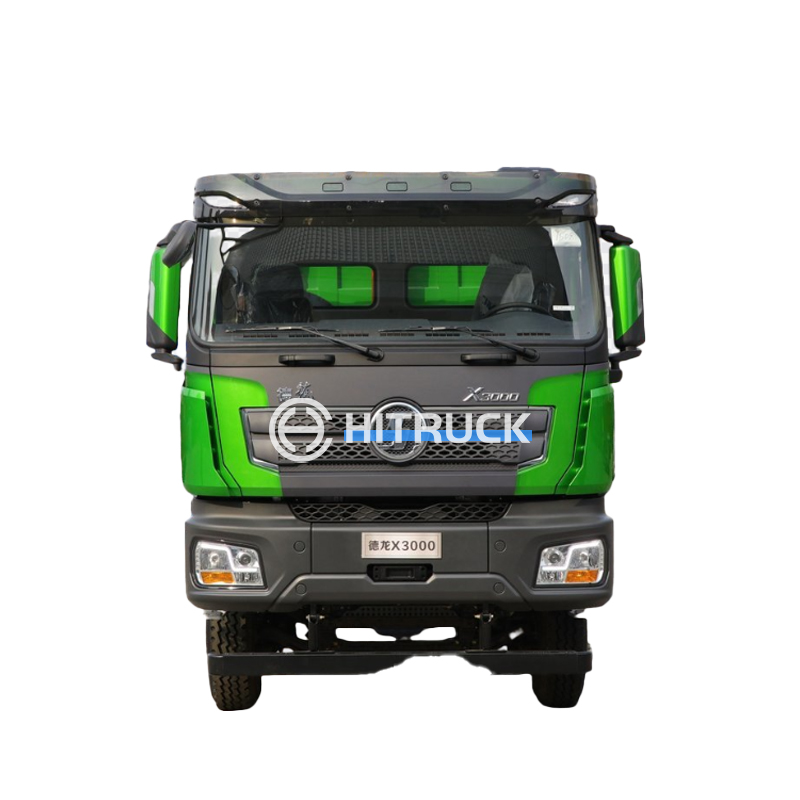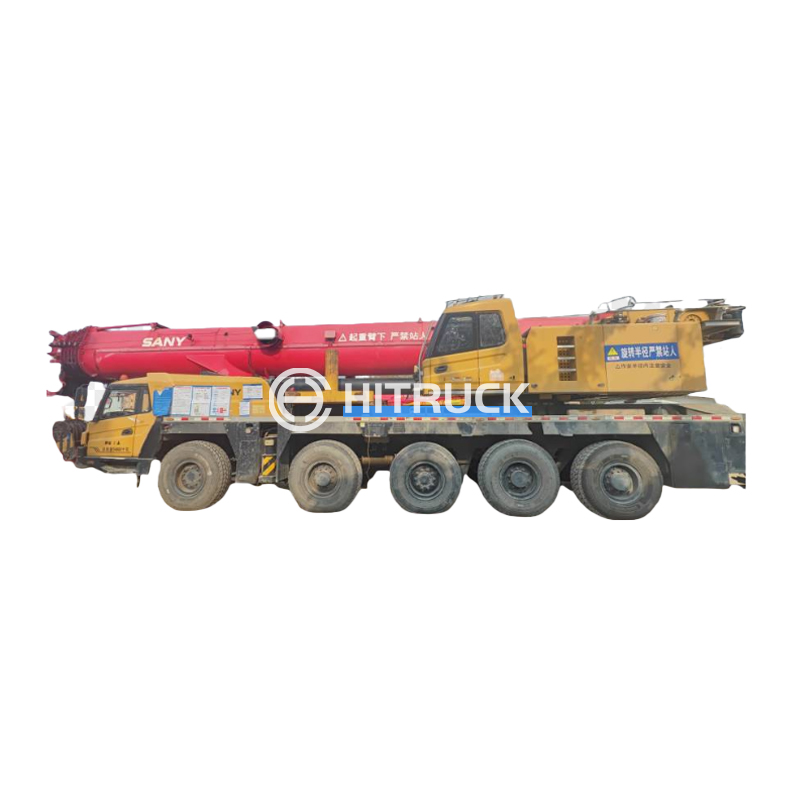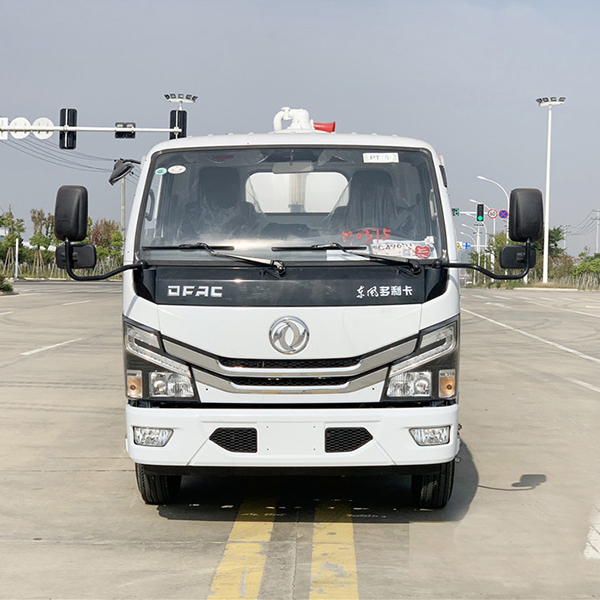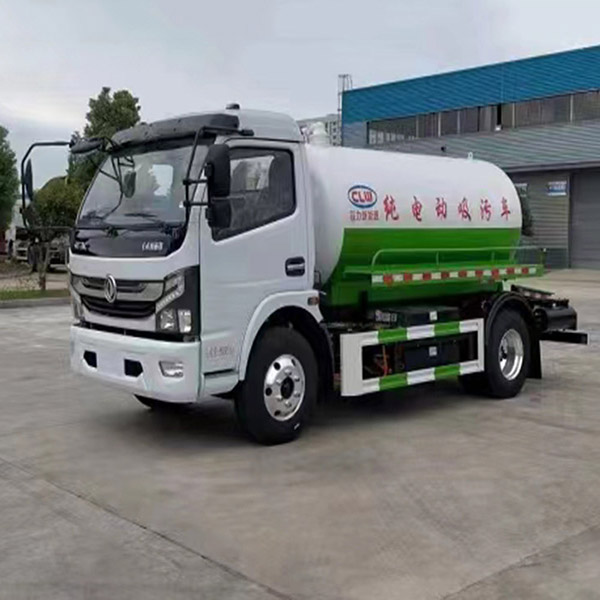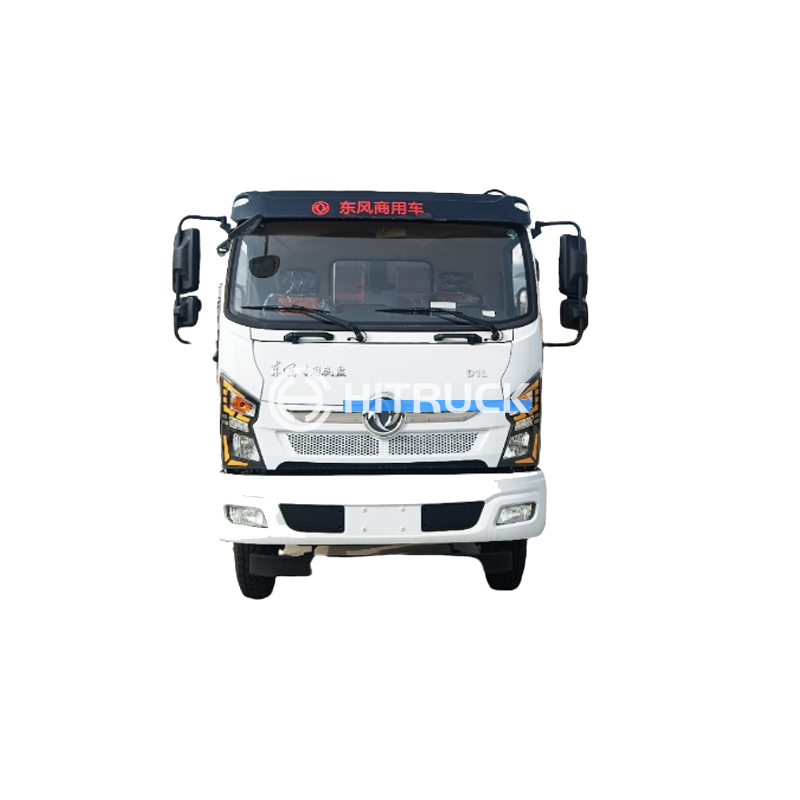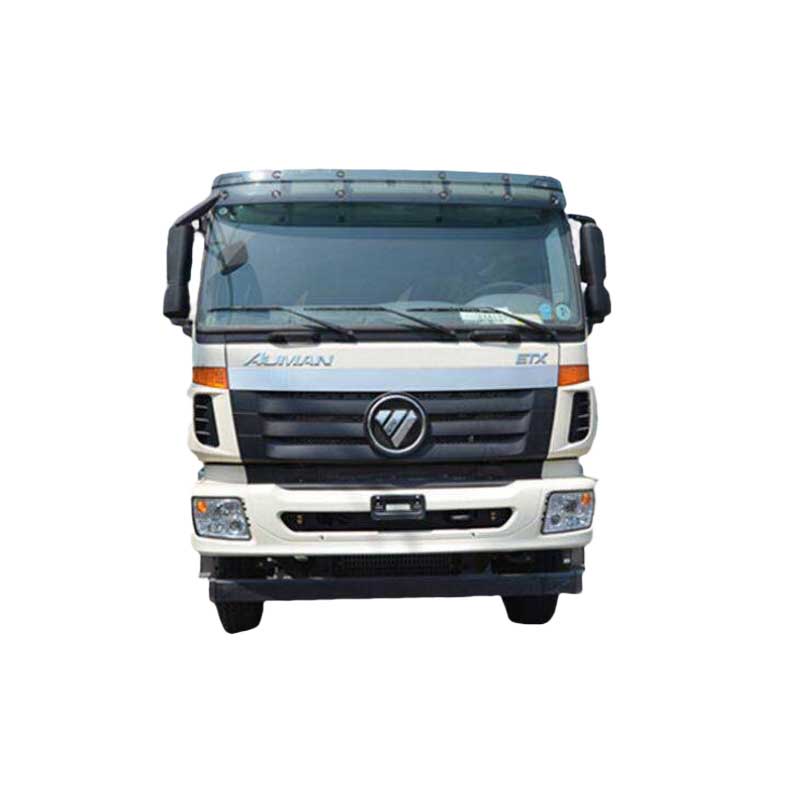This comprehensive guide explores the world of garbage truck compactors, helping you understand their various types, functionalities, and considerations for selection. We'll delve into the key features, benefits, and drawbacks of different models, providing you with the information necessary to make an informed decision.
Front-load garbage truck compactors are a common sight in many municipalities. These compactors feature a large hopper at the front of the truck, where waste is loaded. A powerful compaction mechanism then crushes the waste, maximizing the amount that can be carried in a single trip. They are generally robust and efficient, particularly suited for high-volume waste collection.
Side-load garbage truck compactors offer a different approach. Waste is loaded from the side of the vehicle, often using automated arms or a chute system. This can be more efficient in tight spaces or areas with limited maneuverability. These compactors are often found in urban environments where space is at a premium.
Rear-load garbage truck compactors utilize a loading mechanism at the rear of the vehicle. Waste is typically loaded via a lift gate or a similar system, and the compaction process occurs inside the truck body. This design is often preferred for residential waste collection, as it offers easy access for loading and unloading.
The compaction ratio is a crucial factor. A higher compaction ratio means more waste can be accommodated in the truck, reducing the number of trips required and overall operational costs. This translates directly to increased efficiency and reduced fuel consumption.
The payload capacity determines the amount of waste the garbage truck compactor can carry. This should align with the expected waste volume generated within your service area. Consider peak seasons and potential fluctuations in waste volume when making your decision.
Regular maintenance is essential for any garbage truck compactor. Consider the complexity of the system and the availability of parts and service technicians in your area. Some models are easier to maintain than others, leading to reduced downtime and long-term cost savings.
Operating costs encompass fuel consumption, maintenance, repairs, and driver wages. Comparing the total cost of ownership across different garbage truck compactor models is crucial for making a sound financial decision. Factors like fuel efficiency and maintenance schedules heavily influence these costs.
The ideal garbage truck compactor depends heavily on specific operational needs. Consider factors such as the volume of waste collected, the types of waste, the terrain, and the accessibility of collection points. Consulting with a specialist from a reputable supplier, such as Suizhou Haicang Automobile sales Co., LTD, can help you navigate these complexities and select the optimal solution.
| Feature | Front-Load | Side-Load | Rear-Load |
|---|---|---|---|
| Loading Method | Front | Side | Rear |
| Space Requirements | Moderate | Low | Moderate |
| Typical Use Cases | High-volume waste | Urban areas | Residential areas |
Remember to carefully evaluate your specific requirements before making a purchase. A well-chosen garbage truck compactor significantly impacts operational efficiency and cost-effectiveness.



